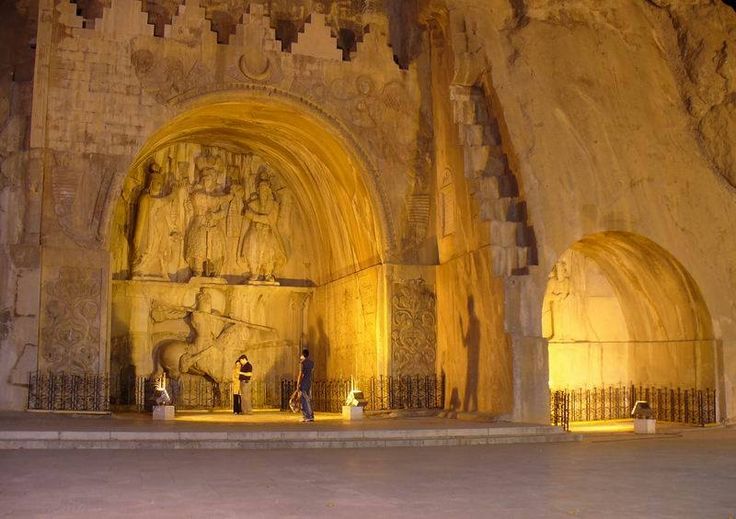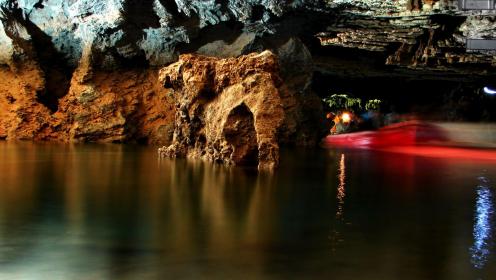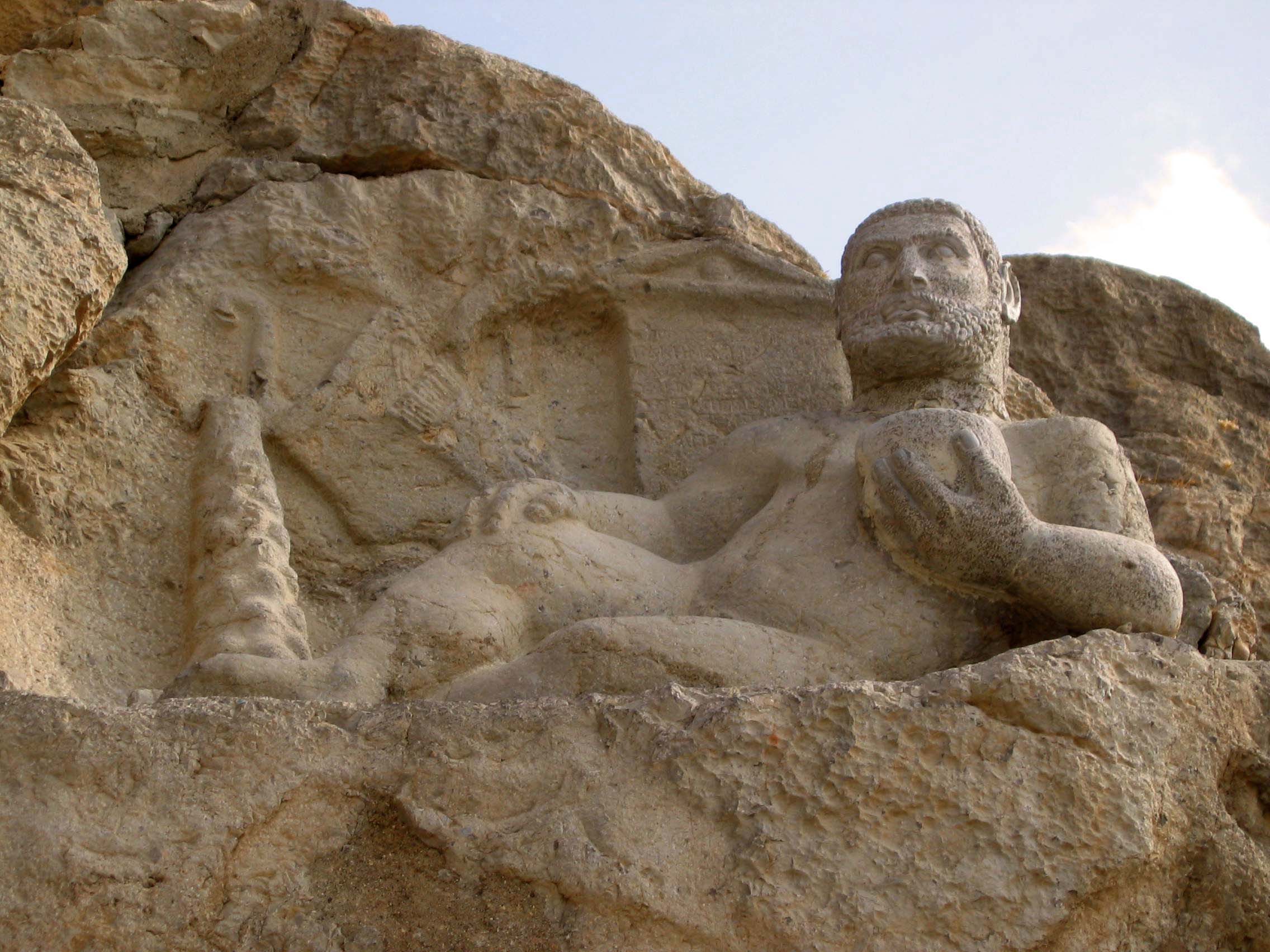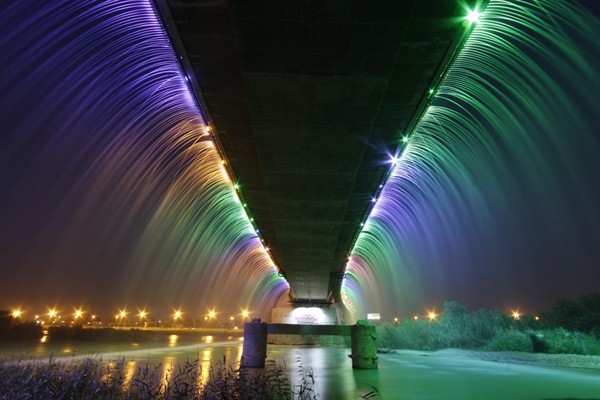Ancient Civilizations

Tehran – Hamedan – Kermanshah – Dezful – Susa – Chogha Zanbil – Ahwaz – Tehran
Email us : info@iranjasminco.com
Highlights:
-
Visit one of the oldest Iranian cities Ecbatana
-
Sail through Alisadr Cave, the world's largest water cave
-
Discover the remains of Susa, the ancient Elamite capital
-
See Chogha Zanbil, one of few remaining ziggurats of ancient Mesopotamia, a UNESCO site
-
Shushtar, a Sassanid era (224 AD to 651 AD) irrigation system, which is still in use

Arrival in Tehran. We will book your hotel from 1 night before, as the arrival is going to be early in the morning. Meeting and assistance upon arrival as our representatives welcome you and escort you to your car, that will transfer you to the hotel .It's time to relax after the flight.
Day 1. Tehran – Hamedan (322 km).
AM.After rest drive via Qazvin (visit the beautiful Jame Mosque) and continue on till we reach the ancient city of Hamedan. Hamedan, or Ecbatana, is believed to be among the oldest Iranian cities and one of the oldest in the world. It is possible that it was occupied by the Assyrians in 1100 BCE; the Ancient Greek historian, Herodotus, states that it was the capital of the Medes, around 700 BCE. PM.City tour: visit Esther and Mordecai Tomb, once Iran's most important Jewish Pilgrimage site.
-
Jame Mosque of Qazvin
-
Esther and Mordecai Tomb
Traditionally this is considered to be the burial site of Esther (for whom a book in the Bible’s Old Testament is named) and her cousin/guardian Mordecai. Jewish orphan Esther had married Xerxes I (Biblical King Ahasuerus). This marriage is later said to have saved the Jews from a massacre planned by Xerxes’ commander (and Mordecai’s enemy) Haman. Some suggest that the tower actually commemorated Jewish queen, Shushan-Dokht, who persuaded her husband, Yazdgerd I (r AD 399–420) to sanction a renewed Jewish colony at Hamadan.
-
Alavian Dome
The square building of the Gonbad-e Alavian dates back to the Seljuk period. It was originally built as a mosque by the Alavian family, complete with minarets and a green dome, though it was later transformed into a family mausoleum by adding a crypt to it. The shrine is notable for the outstanding beauty of its stucco ornamentation, with whirling floral motifs on the exterior walls and intricate geometric designs on its Mihrab, which the architectural historian Arthur Upham Pope describes as "a tour de fource of opulent imagination". The exterior decoration features inscriptions in Kufic script that were added in the Ilkhanid period.
Day 2. Hamedan – Alisadr Cave (70 km) – Hamedan. AM. Drive to Alisadr Cave (70 km) to visit the world's largest water cave. Upon entering, visitors see a vast area that leads them through a wide path onto a wharf where they must take a boat to continue their tour. Visitors then move through a number of labyrinthine halls, ending in the 'Island', which is located 350 meters from the wharf. Icicle-shaped lime decorates the ceiling of the magnificent cave in some parts. The steady dripping of mineral containing
water has created beautiful red, purple, brown, green and blue lime pillars in the shape of cauliflowers, needles and umbrellas. PM. Drive back to Hamedan. On the way back visit Ganjnameh cuneiform rock carvings, an ancient inscription, which has been carved in granite. It is composed of two sections. One (on the left) ordered by Darius the Great (521-485 BC) and the other (on the right) ordered by Xerxes the Great (485-65 BC). Both sections, which have been carved in three ancient languages of Old Persian, Neo-Babylonian and Neo-Elamite, start with praise of God (Ahura Mazda) and describe the lineage and deeds of the mentioned kings. O/N)
-
Alisadr Caves
-
Ganjnameh cuneiform rock carvings

Day 3: Hamadan – Bisotun (175 km) – Taq-e Bostan – Kermanshah: AM. Drive to Kermanshah via Bisotun. The Behistun Inscription is a multilingual (Old Persian, Elamite, and Babylonian (a later form of Akkadian) inscription located on Mount Behistun in the Kermanshah Province. After that visit Taq-e Bostan, a site with some of the finest and best-preserved examples of Persian sculpture under the Sassanids, include representations of the investitures of Ardashir II (379–383) and Shapur III (383–388). PM. Arrive in Kermanshah, check-in to Parsian hotel or similar. O/N
-
Bisotun
-
Taq-e Bostan
Day 4: Kermanshah – Dezful (331 km). AM. After some rest drive to Dezful. The name Dezful derives from two words dezj (fortress)+pol (bridge), which in combination could stand for 'the bridge to the fortress' or 'fortified bridge'. PM. Half day city tour. The old part of the city adjacent to the bridge is known as the Qaleh (castle). In the middle of the river, close to the bridge, you can see remains of several water mills built ca. 300 BC. We will also see Dezful caravanserai and Jame mosque. Overnight
-
Dezful Castle
-
Caravanserai
-
Jame Mosque

Day 5: Dezful – Susa – Chogha Zanbil – Shushtar – Ahwaz (135 km). AM. Full day tour of Khuzestan province's ancient places. In the morning we drive out to Susa, the ancient Elamite capital (today the modern town that was once Susa is called “Shush”). Founded by the Elamites as their capital, it retained its importance through the Sumerian, Babylonian and Arcadian periods. Much of what remains today is from Darius’ reign (though there is much pottery that dates from up to 7000BC). The clear remains of the Darius Apadana Palace can be seen with its 72 pillars, one for each chapter of the Ghath Ha, the Zoroastrian equivalent of the bible.
We drive on through the desert landscape to Chogha Zanbil, one of few remaining ziggurats of ancient Mesopotamia. It is a UNESCO world heritage site built in 1250BC. The vast structure, with four separate entrances allowing differing levels of access according to status, lead up to what would have been five levels, with the highest levels only accessible to royalty and the highest leveled priests. Elamite cuneiform inscriptions decorate much of the brickwork. PM. Our last stop will be the water mills of Shushtar, a Sassanid era irrigation system with a series of dams, canals and mills, one of which is still in use. The mills were used to grind barley and wheat. Drive to Ahwaz.
-
Susa (or Shush), the ancient Elamite capital
-
Chogha Zanbil Ziggurat (UNESCO site)
-
Shushtar Water Mills

Day 6: Ahwaz – Tehran. AM. Ahwaz city tour: the city bridge, zoroastrian graveyard. PM. Transfer to airport. Fly to Tehran. Check-in to Hotel . Get some rest before the return flight
-
Ahwaz City Bridge
-
Zoroastrian Graveyard
Day 7: Tehran. After breakfast transfer to the airport for the return flight.